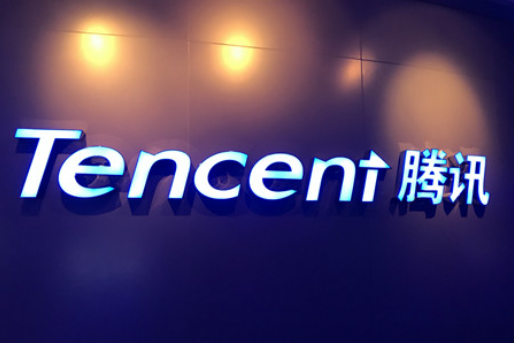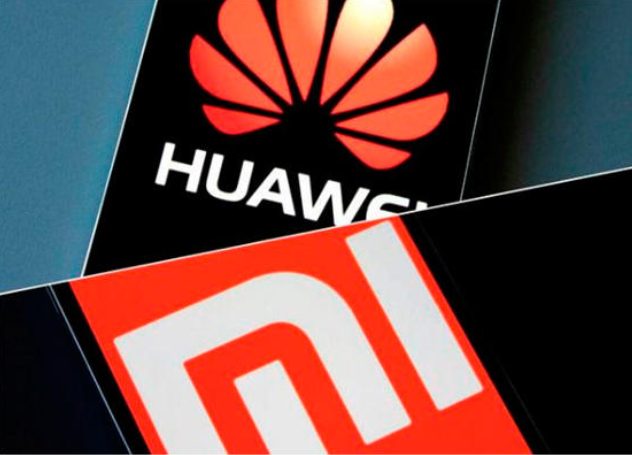China’s market has witnessed an impressive surge of homegrown brands that now hold significant sway both domestically and internationally. These popular brands in China span various sectors, from advanced technology to fashionable apparel, each embodying a unique blend of innovation and quality. This article explores the top popular brands in China, shedding light on their success stories and the factors contributing to their dominance.
The Ascendancy of Popular Brands in China Globally
China’s meteoric rise as a global economic force has been matched by its popular brands in China making substantial impacts on the world stage. This success is attributed to several factors: the vast domestic market, supportive government policies, and a robust entrepreneurial spirit.
With over 1.4 billion people, China’s enormous consumer base has driven the growth of popular brands in China. Giants like Alibaba, Tencent, and JD.com have capitalized on this vast market, positioning themselves as leaders in e-commerce and technology. Additionally, the Chinese government has bolstered these popular brands in China through financial incentives and support for innovation, which has been crucial for their international expansion and competitive edge.
Leading Popular Brands in China and Their Impact
Several popular brands in China have become household names due to their appeal and success in meeting consumer needs.
Alibaba: As a major e-commerce powerhouse, Alibaba, through its Taobao platform, has revolutionized shopping in China. Its innovative approach and commitment to user experience have made it a staple in many Chinese households and a standout among popular brands in China.

Alibaba
Tencent: Known for WeChat, Tencent has transformed messaging into a multi-functional super-app. WeChat’s integration of various features, from payments to social networking, has made it indispensable for millions of Chine

Tencent
Huawei and Xiaomi: In the realm of consumer electronics, Huawei and Xiaomi have become prominent figures. Huawei stands as a symbol of Chinese technological advancement with its high-quality smartphones and telecommunications equipment. Xiaomi has distinguished itself by offering affordable, feature-rich electronics, appealing to China’s growing middle class.

Huawei and Xiaomi
Case Studies of Success
Examining successful Chinese brands offers insight into their strategies and innovations.
Huawei: Renowned for its emphasis on innovation and adaptation, Huawei has invested heavily in research and development. This focus has allowed it to remain at the forefront of technology and cater to diverse regional needs effectively.
Anta: This sportswear brand has succeeded through a strategic approach to branding and product development. Anta’s deep understanding of consumer preferences and its investment in marketing have enhanced its global visibility.

Anta
Xiaomi: Xiaomi’s success is largely due to its combination of high-quality products at competitive prices and its effective use of e-commerce and social media. This approach has disrupted traditional markets and established Xiaomi as a leading global player.
Challenges Faced by Chinese Brands
Despite their successes, Chinese brands face significant challenges in the global market.
Quality Perception: There remains a perception that Chinese products may not match the quality of established Western brands. Overcoming this involves investing in quality control and effectively communicating brand values.
Global Competition: Chinese brands must stand out amid fierce competition from well-established international players. Differentiation through unique features, superior customer service, and compelling marketing is crucial.
Regulatory and Geopolitical Issues: Navigating trade barriers, intellectual property disputes, and political tensions can be challenging. Adapting strategies to these complexities is essential for maintaining a competitive edge.
Strategies for Overcoming Challenges
Chinese brands have developed various strategies to address these challenges and strengthen their global presence.
Focus on Innovation: Continued investment in research and development allows brands to create cutting-edge products and differentiate themselves from competitors.
Localization: Adapting products and marketing strategies to local markets helps brands connect with diverse consumer bases and navigate global complexities.
Digital Engagement: Utilizing digital platforms and social media enables brands to reach and engage with international audiences effectively.
Strategic Partnerships: Collaborations and acquisitions help brands access new markets and gain valuable expertise.
The Future of Chinese Brands
Looking ahead, Chinese brands are poised for continued success on the global stage. Their ability to leverage emerging technologies, such as artificial intelligence and 5G, will drive innovation. The growing affluence of Chinese consumers also provides a substantial market for high-quality products.
Expansion into new international markets will further solidify their global presence. With ongoing support from the Chinese government and a commitment to innovation, these brands are well-positioned to shape the future of the global economy.
Conclusion
The rise of Chinese brands reflects China’s economic transformation and the dynamic spirit of its businesses. Brands like Alibaba, Tencent, Huawei, Anta, and Xiaomi illustrate the blend of innovation, quality, and strategic acumen that defines the success of Chinese enterprises. As these brands continue to grow and evolve, they will undoubtedly play an increasingly prominent role in the global market, reshaping perceptions and driving future trends.










